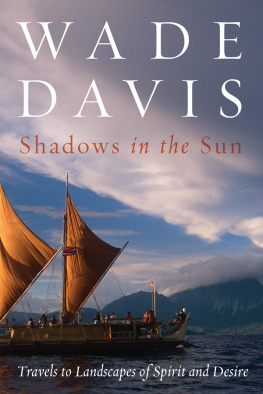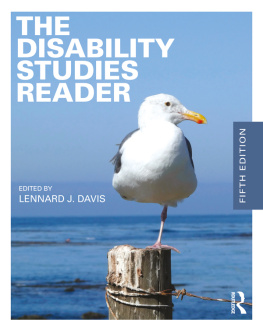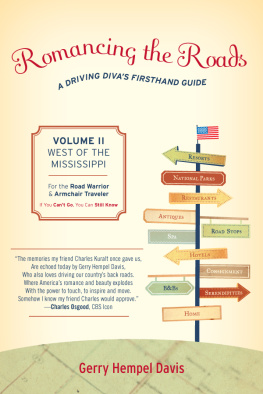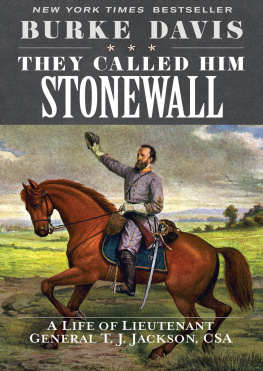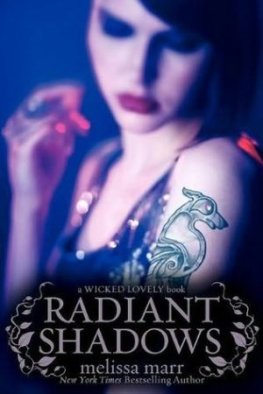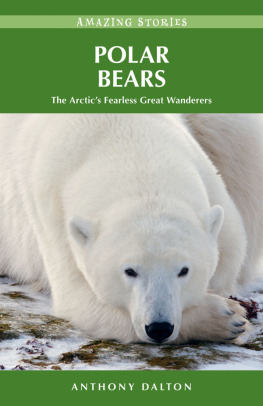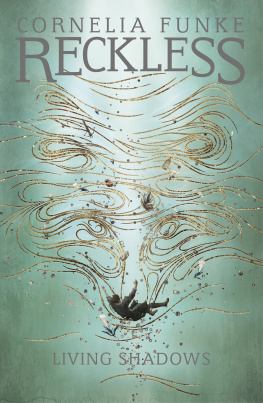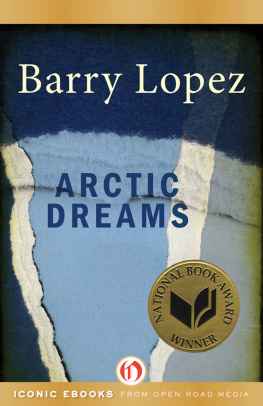Acknowledgments
THE TRAVELS AND investigations referred to in this book have been made possible by the support of the Social Science and Humanities Research Council of Canada, the Canada Arts Council, the U.S. National Science Foundation, the Further Foundation, Future Generations, the Wenner-Gren Foundation for Anthropological Research, the International Psychiatric Research Foundation, the Inter-American Foundation, the Atkins Fund of Harvard University, the WILD campaign of the Western Canada Wilderness Committee, Rudy Haase, and the Friends of Nature.
For editorial assistance on individual essays I thank Bob Bender, Peter Biskind, Mark Bryant, Lisa Chase, Dan Coyle, Keisuke Dan, Nancy Flight, Klara Glowczewska, Susan Lyne, Alicia Hills Moore, John Newton, Kazumi Oguro, Peter Petre, Tim Smith, Peter Stitt, Gary White, Tim White, and especially Saeko Usukawa. Gail Percy reviewed and edited initial drafts of all these essays and her comments were invaluable. At Island Press I was fortunate to work closely with Laurie Burnham. Many thanks as well to Dan Sayre, Sam Dorrance, Christine McGowan, and especially Chuck Savitt, who has been a supportive friend and colleague for many years.
For friendship and good company during my travels, and for ideas and insights touched upon in these essays, I am indebted to Caroline Alexander, Nancy Baron, Elizabeth Beauvoir, Max Beauvoir, Rachel Beauvoir, Paul Burke, George Butler, Nilda Callaaupa, Syd Cannings, Michael Carlisle, Adriane Carr, Reg Collingwood, Ray Collingwood, Tara Cullis, Lavinia Currier, Simon Davies, Cindy Davies, White Dog, David Fisher, Bob Fleming, Chris Franquemont, Ed Franquemont, Peter Furst, Paul George, Monique Giausserand, Anna Gustafson, Herb Hammond, Thom Henley, Rob and Lisa Howard, Ernest Imle, Lee Jacobs, Alex Jack, Madeline Jack, Mike Jones, Ian Keane, Steve King, Shane Kennedy, Grant Kennedy, Ian MacKenzie, Bruno Manser, Mimi Marshall, Nina Marshall, David Maybury-Lewis, Joel McCleary, Corky McIntyre, Dennis McKenna, Terence McKenna, John Mikes, Story Musgrave, Asik Nyelik, Dan Pakula, Tony Pearse, Marcel Pierre, Tim Plowman, All Poulson, Travis Price, Miles Richardson, Richard Evans Schultes, Asma Sidi Baba, Hlene Simon, Herard Simon, Gary Snyder, Calvin Sperling, David Suzuki, Jesse Taylor-Ide, Daniel Taylor-Ide, John Tichenor, Mutang Tuo, Etta Turner, Anderson Mutang Urud, Annie and Bill Vanderbilt, Lyall Watson, Andrew Weil, Johannes Wilbert, Elizabeth Wing, and Jim Yost. Finally, I thank my family, Gail, Tara, and Raina, for their laughter and constant love.
Wolf Creek, Summer 1998
Hunters of the Northern Ice
O LAYUK NARQITARVIK is a hunter. As a boy of twelve, he killed a polar bear at close quarters, thrusting a harpoon into its soft underbelly as it lunged toward him. That same year he took his first whale. In winter darkness, when temperatures fall so low that breath cracks in the wind, he leaves his family each day to follow the leads in the new ice and kneel motionless, for hours at a time, over the breathing holes of ringed seals. The slightest shift in weight will reveal his presence; in perfect stillness he squats, knowing full well that as he hunts he is hunted. Polar bear tracks run away from every hole. If a seal does not appear, Olayuk may roll over, mimicking the creature to try to attract a bear so that predator may be reduced to prey.
Ipeelie Koonoo is Olayuk's stepfather, second husband to his mother. Revered as an elder, he too is a hunter. When he killed his first bear at nine, with a harpoon made for him the night before by a favorite uncle, he could not stop smiling. His first seal was taken when he was still too small to lift it from the ice. But he knew that the animal had chosen to die, betrayed by its thirst for fresh water. So he followed his uncle's teachings and dripped fresh water into its mouth to placate its spirit. If animals are not properly treated, they will not allow themselves to be taken. But if they are not hunted, the Inuit believe, they will suffer, and their numbers will decrease. Thus the hunt is a reflection of balance, a measure of the interdependence of all life in the Arctic, a polar desert cloaked in darkness nine months of the year and bathed in intense luminosity for the short weeks of upinngaaq, the summer season of renewal and rebirth.
Simon Qamanirq is both artist and hunter, the youngest of the three men, nephew of Oyaluk's wife, Martha, the matriarch of the extended family. On his accordion, he plays Scottish reels adapted from those of ancient mariners and whalers, and with his firm hands turns soapstone into exquisite figurines of animals, all depicted so powerfully that they seem to move within the stone. You can't be a carver, he explains, if you are not a hunter. For some time, Simon lived down south, attended vocational school and played drums in an Inuit rock-and-roll band named The Harpoons. But he grew tired of the confused ways of people whose heads were full of a thousand words. So he returned north. I got nothing more interesting than hunting, he says. Down in Canada I'm always cold. My body needs blood. Even their meat has no blood.
Three men, three generations of Inuit hunters. Seeking caribou on the open tundra during the cold months of fall, taking narwhal from the ice in July, they replicate through movement a seasonal round that recalls a distant time when all our ancestors were nomads. In living by the hunt they remain apart, utterly different. Every idea and thought, every notion of culture and society, every impulse, belief, and gesture reflects the consciousness of a people who have not succumbed to the cult of the seed. Ideas that we take for grantedprivate ownership of objects and land, laws and institutions that place one person above another in a hierarchy of powerare not just exotic to the Inuit, they are anathema. If implemented, they would doom a way of life. This is something the Inuit know. We hunt, Olayuk explains, because we are hunters.
For most of the year these men and their families live in the small community of Arctic Bay, a fiercely self-sufficient and independent clan, survivors of a century that has seen untold hardships unleashed upon their people. But for a brief time in June, in the fortnight leading up to the solstice, they make camp on a gravel beach at Cape Crauford, on the western shore of Admiralty Inlet, the largest fjord on Earth, a vast inland sea that cleaves the northern shore of Baffin Island 500 miles north of the Arctic Circle. There, beneath the dark cliffs of the Brodeur Peninsula, on a promontory overlooking Lancaster Sound, the richest body of water in the Arctic, they invite outsiders into their world.
THE JOURNEY NORTH begins before dawn in Ottawa and ends nine hours later on the seasonal ice off the shore of Olayuk's camp. It is a five-hour flight just to the weather station and settlement of Resolute Bay, the highest point in the Arctic serviced by commercial jets, where we switch from a 727 to a deHavilland Twin Otter. North of Resolute lie another 1,000 miles of Canada. It is a place, the pilot remarks, where Canada could hide Britain and the English would never find it.
We fly across Barrow Strait, then over Lancaster Sound. From the air the ice fuses with the snow-covered land. Ringed seals appear as dark specks on the ice. There are no polar bears to be seen, only their silent tracks wandering from seal hole to seal hole. At the mouth of Prince Regent Inlet, east of Somerset Island, the ice gives way abruptly to the black sea. Beyond the floe edge, scores of white beluga whales move gracefully through the water. A small mesalike island rises out of the sea. The plane banks steeply past the soaring cliffs, and in its wake tens of thousands of birds lift into the air. The Prince Leopold sanctuary is just thirty miles square, but on it nest nearly 200,000 pairs of migratory birds: thick-billed murres, northern fulmars, and black-legged kittiwakes. Baffin Island lies ahead, and within minutes the plane roars over the beach at Cape Crauford, turns into the wind, and lands on skis on a smooth stretch of ice half a mile offshore.

